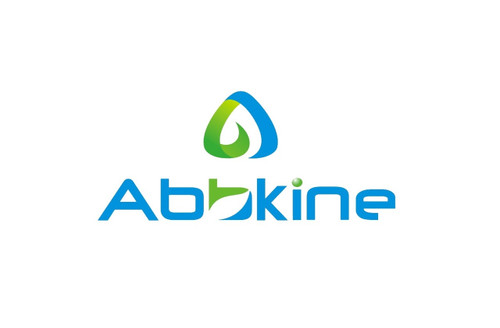Product Description
Mouse PRELI domain-containing protein 2 (PRELID2) ELISA Kit | AE26059MO | Abebio
Species Reactivity: Mouse (Mus musculus)
Abbreviation: PRELID2
Alternative Name: FLJ38376; MGC21644;
Application: ELISA
Range: Request Information
Sensitivity: Request Information
Intra-Assay: ≤6.7%
Inter-Assay: ≤10.5%
Recovery: 1, 04
Sample Type: Serum, Plasma, Other biological fluids
Detection Method: Sandwich
Analysis Method : Quantitive
Test Principale: This assay employs a two-site sandwich ELISA to quantitate PRELID2 in samples. An antibody specific for PRELID2 has been pre-coated onto a microplate. Standards and samples are pipetted into the wells and anyPRELID2 present is bound by the immobilized antibody. After removing any unbound substances, a biotin-conjugated antibody specific for PRELID2 is added to the wells. After washing, Streptavidin conjugated Horseradish Peroxidase (HRP) is added to the wells. Following a wash to remove any unbound avidin-enzyme reagent, a substrate solution is added to the wells and color develops in proportion to the amount of PRELID2 bound in the initial step. The color development is stopped and the intensity of the color is measured.
Product Overview: Prelid2, which belongs to the PRELI domain containing family, is identified as a conserved evolution gene. The expression and regulation during embryonic development of the prelid2 gene is unknown. prelid2 gene expression were found in midbrain, spinal cord, optic eminence, otic vesicle and tail at E9.5 and E10.5 embryos, in forebrain, hindbrain, heart, lung, liver and kidney at E13.5 and E15.5 embryos. Real-time quantitative RT-PCR results verified the expression pattern in the four major mouse organs, brain, heart, lung, and liver during organs differentiation and formation. Bisulfite sequencing illustrated the consistent result of expression and its unmethylation status in the genomic promoter region at E12.5, E18.5, and new born. Thus, the prelid2 gene is a widely-spread, persistently expressed and unmethylated gene in mouse embryonic development.
Stability: The stability of ELISA kit is determined by the loss rate of activity. The loss rate of this kit is less than 5% within the expiration date under appropriate storage condition. The loss rate was determined by accelerated thermal degradation test. Keep the kit at 37°C for 4 and 7 days, and compare O.D.values of the kit kept at 37°C with that of at recommended temperature. (referring from China Biological Products Standard, which was calculated by the Arrhenius equation. For ELISA kit, 4 days storage at 37°C can be considered as 6 months at 2 - 8°C, which means 7 days at 37°C equaling 12 months at 2 - 8°C) .
 Euro
Euro
 USD
USD
 British Pound
British Pound
 NULL
NULL








